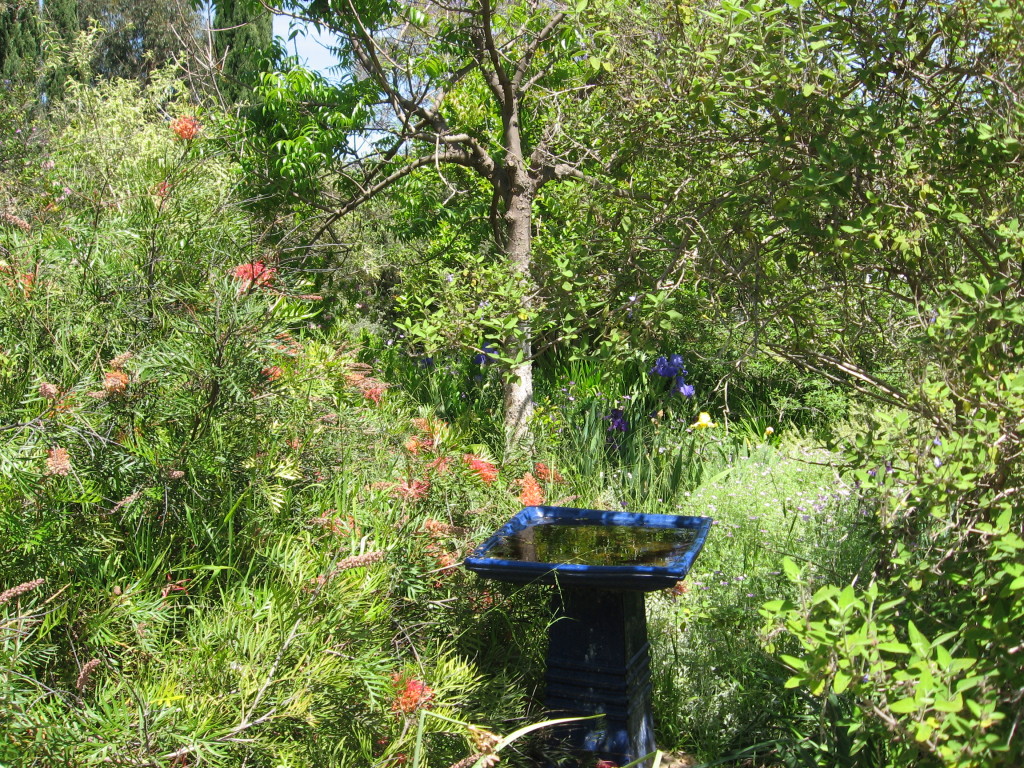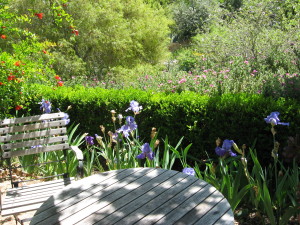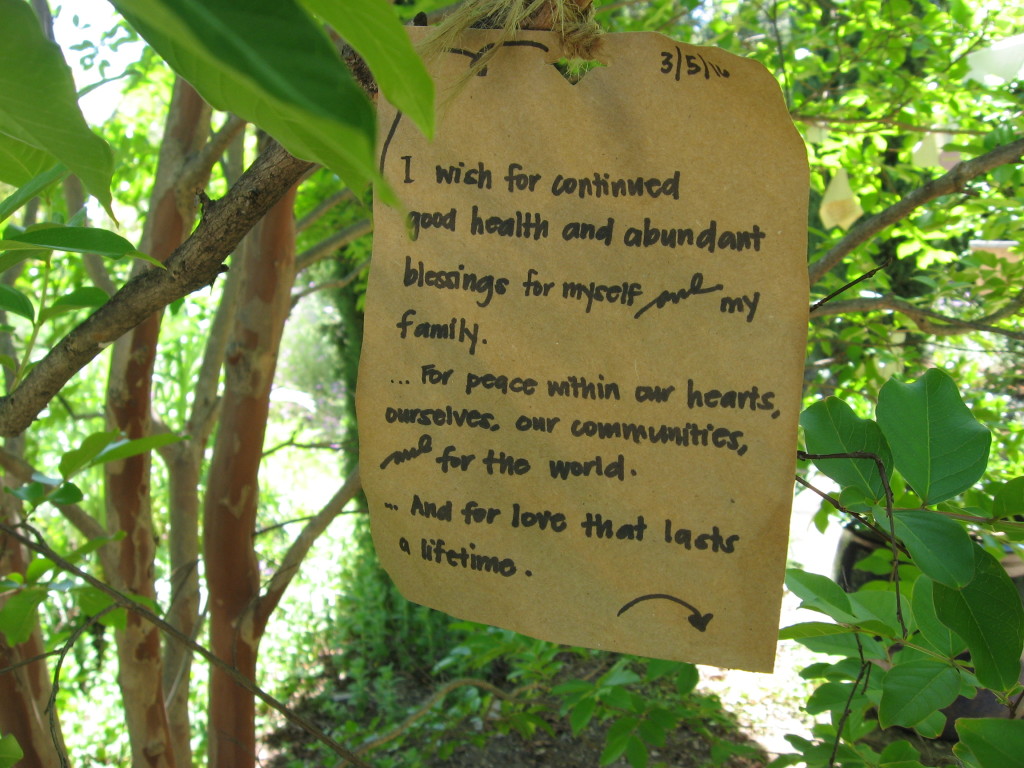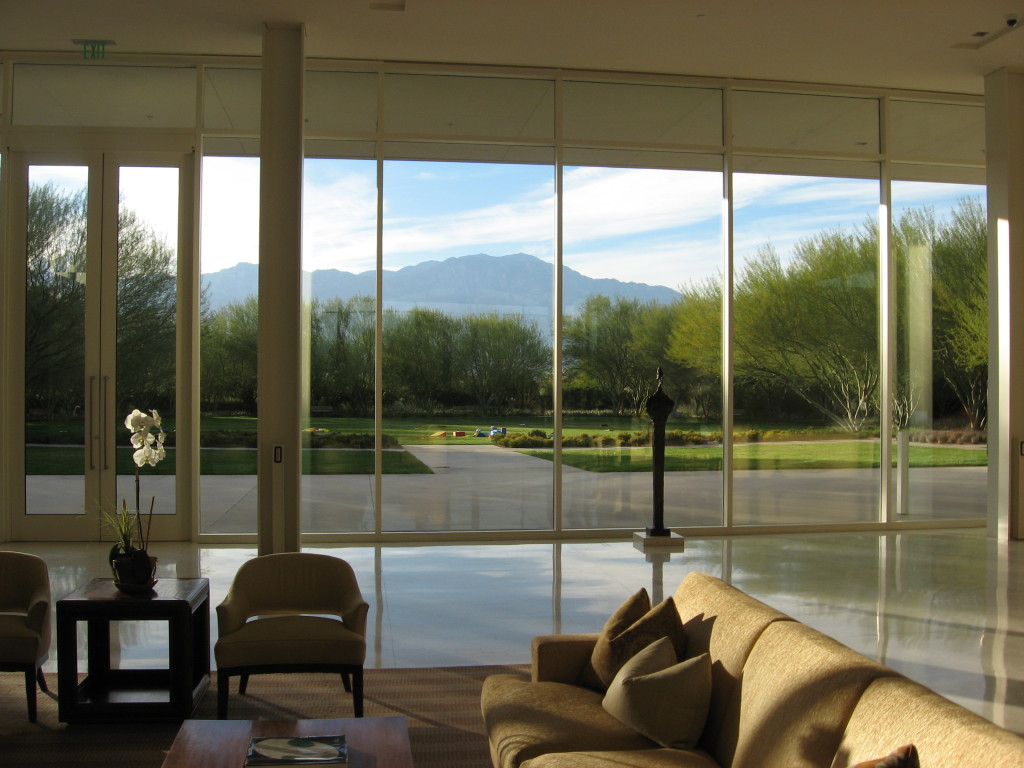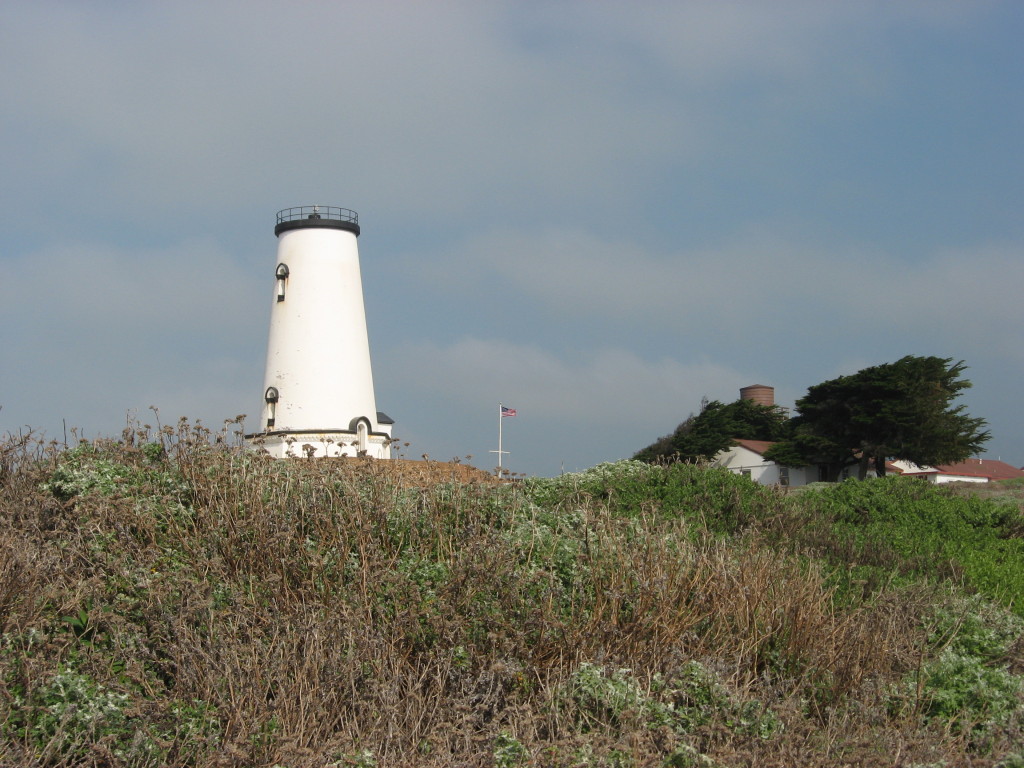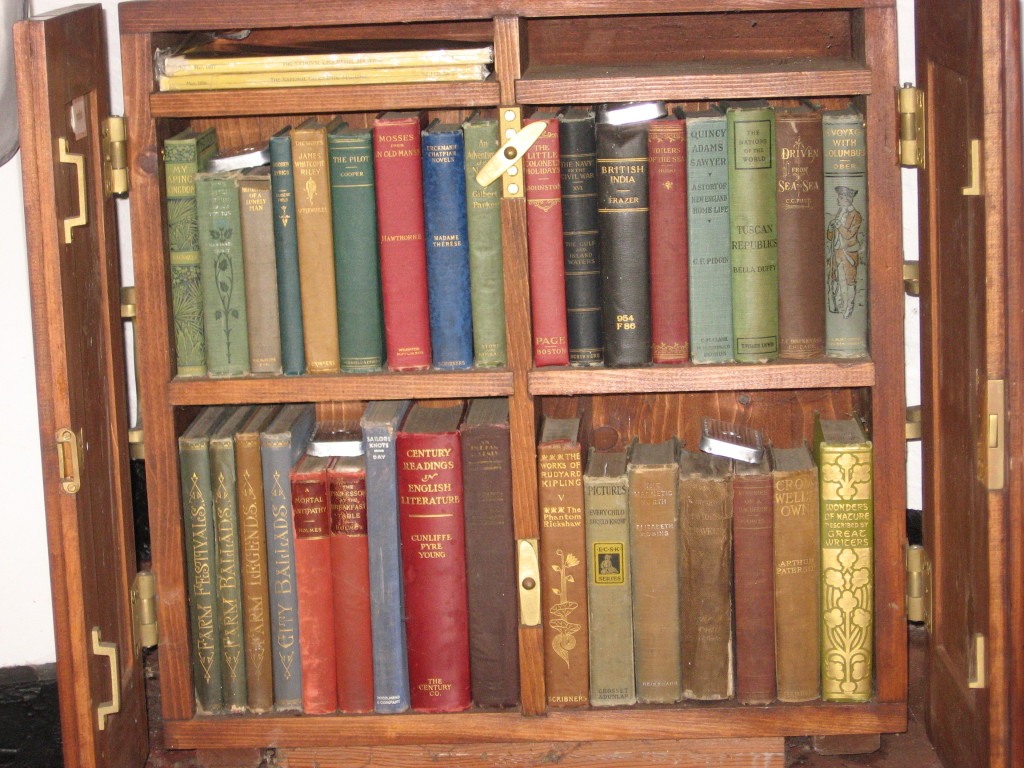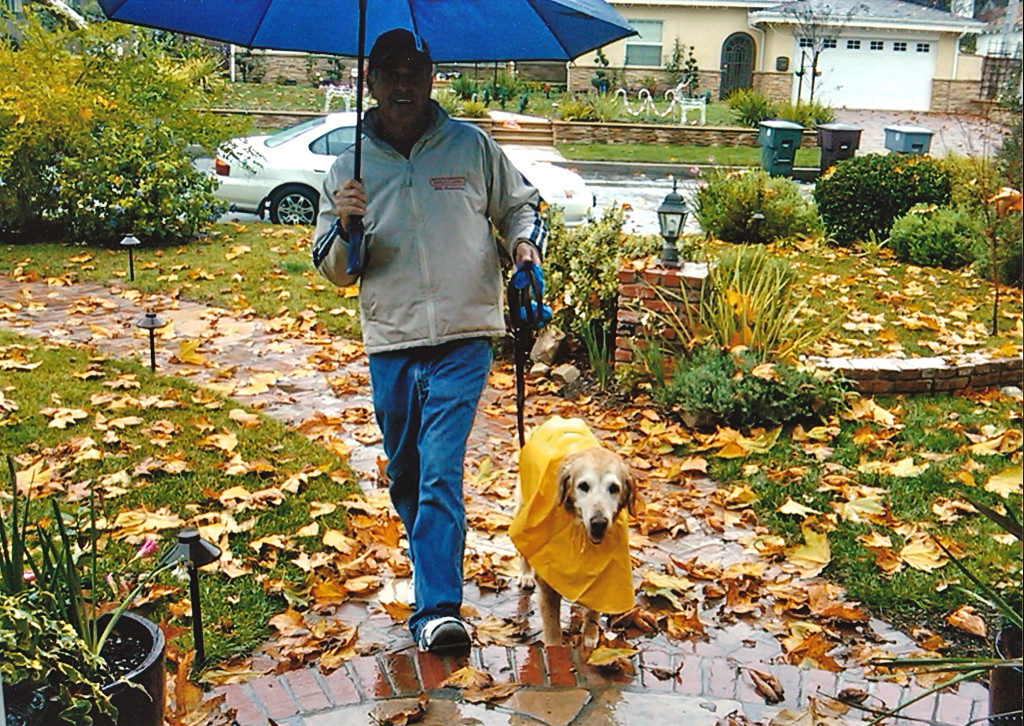
Dad, Rome, Italy, 1967
My dad loved many things: family, medicine, good food, a classic whiskey sour, barbecuing, travel…and taking photos.
I have boxes and boxes of slides and thousands of photographs that dad took throughout his 70-year marriage to my mom.
HIs camera equipment went with him almost as much as his stethoscope. Light meters, cameras, flash attachments almost wore a ring around his neck…a small price to pay for his love of capturing special moments on film. Thanks to dad, we have black and white and later color memories of family holidays, celebrations, vacations, trips to the ocean, summers visiting his mom on her Iowa farm. He created a kaleidoscope of our life together.
Over the last four years since he died, I sort though about a 100 slides at a sitting, keeping the best ones and tossing ones that don’t have much meaning for me. But every slide is a window into what my dad saw and what he felt was special enough to capture on film.
They are a brain trust of memories and it’s fun reliving our trips and the times when my brothers and I were kids growing up in Baltimore, St. Louis, Sherwood Forest, Chicago, Galveston and eventually California.
I see through these photos how much my dad loved his life. I’m grateful to have this special view into our past.
When I was 9 years old, he gave me my first camera — a Brownie Hawkeye. I was excited that I could begin taking snapshots too. Rebel, our Boxer dog, was a frequent subject of mine and was quite patient with the clothes and other items I used as props on her.
Since that time, I’ve never been without a camera. Although I have no formal training, I enjoy photographing everyday things and events and people in my life. I have thousands of photos of my own but, in the last few years, I store most of them on iPhoto.
And so dad, on this Father’s Day, I thank you not only for all the things you taught me, but also for showing me the wonders of photography.


